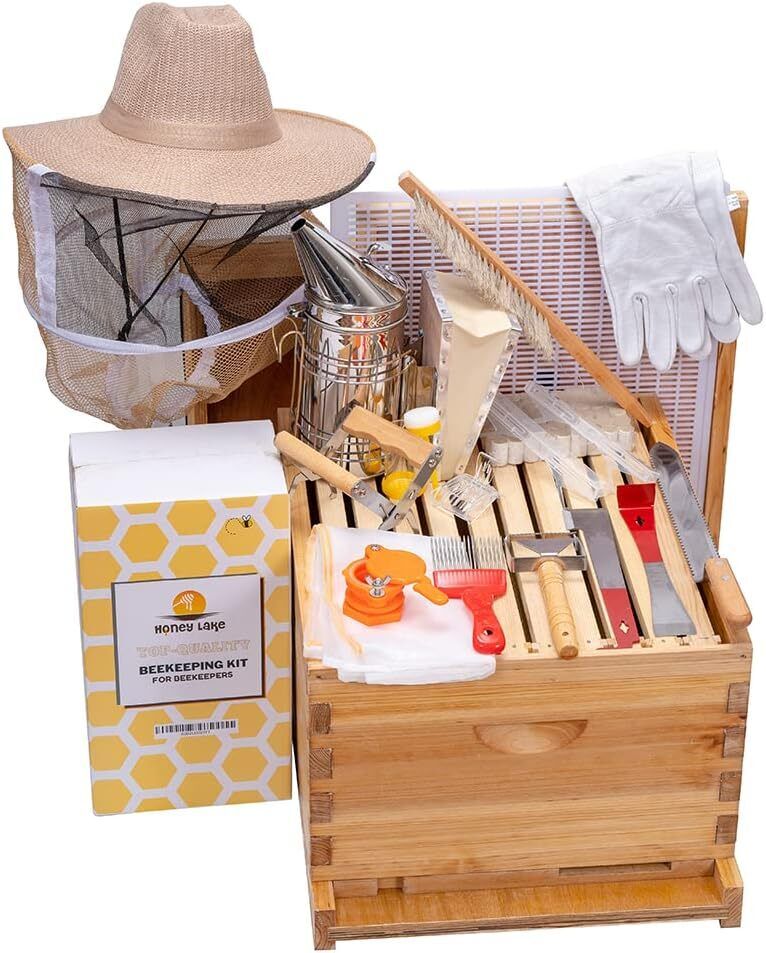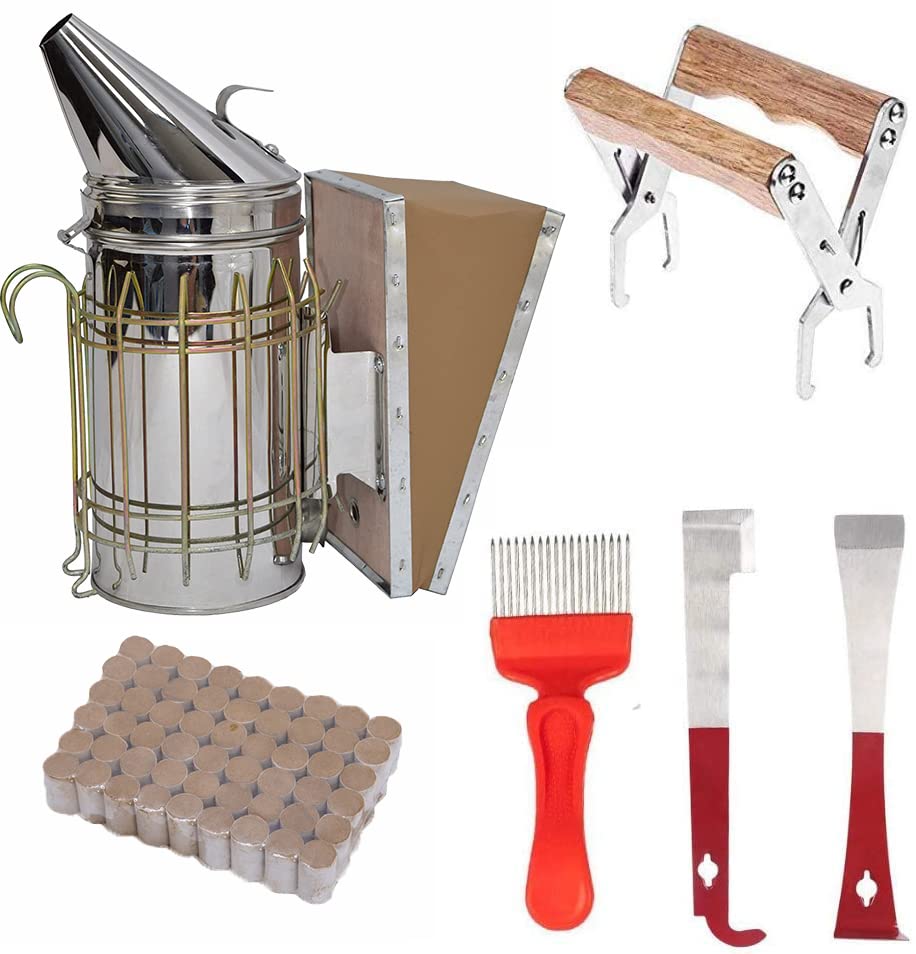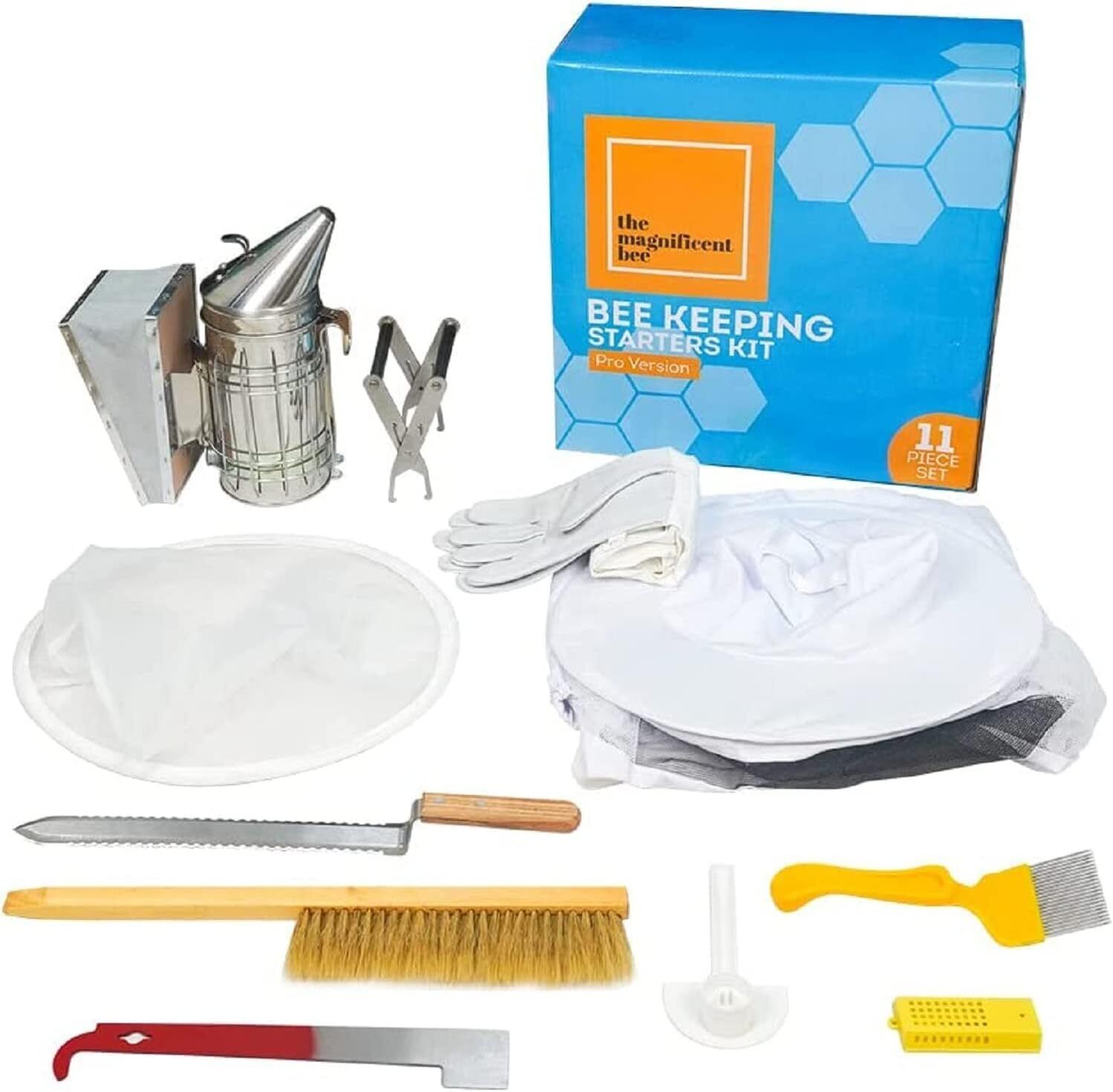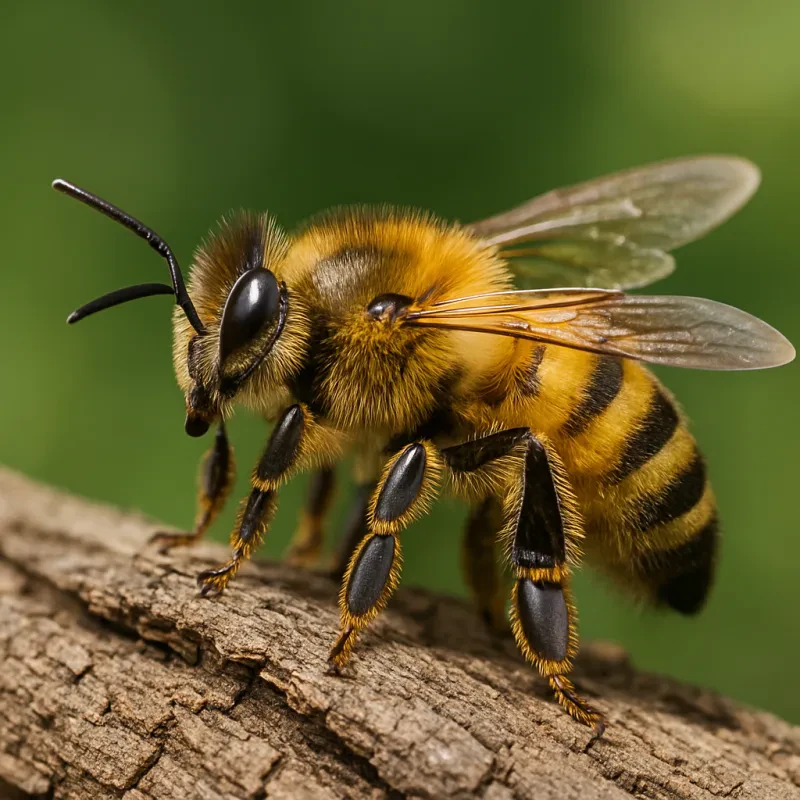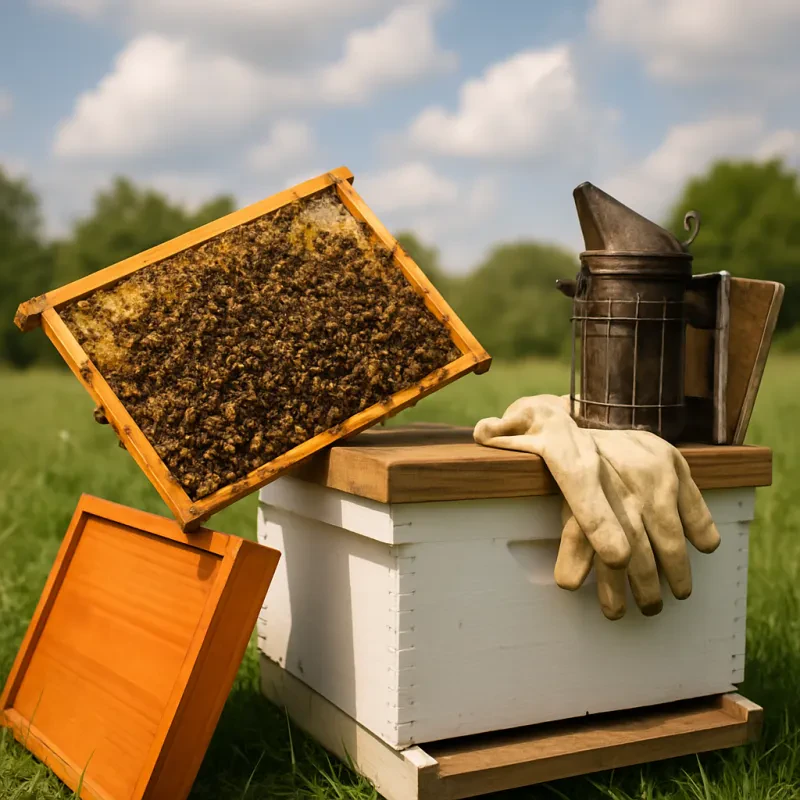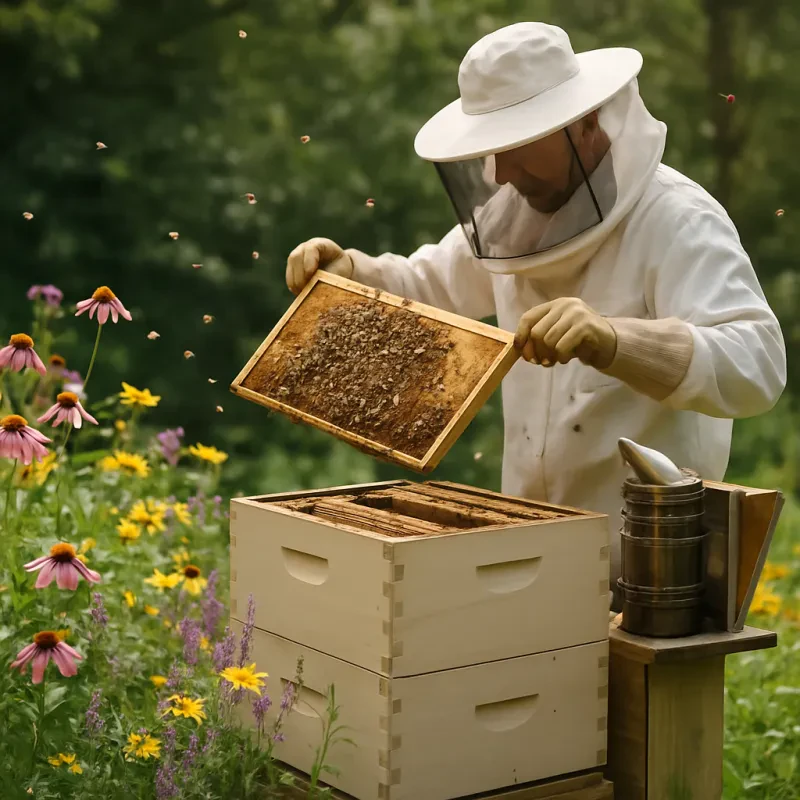When it comes to moving a beehive, timing is everything. Bees are sensitive creatures, and relocating them at the wrong time can lead to stress for the colony and even loss of bees. So, how do you choose the right moment? Let’s break it down!
First off, aim for a calm, warm day to move your beehive. Bees are more active and less irritable when the temperature is between 60°F and 80°F. Avoid moving during rainy or windy weather. Not only can it make it hard for bees to navigate, but it can also put them in a bad mood, which is the last thing you want when you’re trying to make the move as smooth as possible.
Another great time to consider moving your beehive is in the late evening or early morning. At these times, bees are usually back in the hive, tucked away, and less likely to swarm. Plus, when the sun sets or rises, the cool air can provide a much calmer environment for the bees and you!
Lastly, try to plan your move during the spring or early summer when the colonies are in their growth phase. This is when bees are more likely to adapt to new surroundings. Moving a beehive in the fall can be risky since the bees are preparing for winter, and any disruption can send them into survival mode.
Gathering Your Beekeeping Supplies
Moving a beehive can feel a bit daunting, but with the right supplies, you’ll be ready to tackle it like a pro! First things first, you want to gather all the essentials to make the process as smooth as possible.
Start with a sturdy hive tool. This handy tool is crucial for prying open frames and scraping off excess wax. You’ll also need a smoker; it helps keep the bees calm during the move. Make sure it’s filled with fuel – cardboard, dried leaves, or pine needles work great!
Next on your list should be a protective suit and gloves. Even if you feel confident, it's better to stay safe and avoid any unwanted stings. A good veil will also keep bees from buzzing around your face.
Don’t forget about empty boxes or bee transport containers. They’re the perfect solution for securely moving bees from one location to another. You’ll also want straps or bungee cords to secure everything and prevent any wobbling during transport.
Lastly, it’s wise to have containers for any loose frames you might need to take along. These will help if you have to break up the hive for better packing. With all these supplies in hand, you’ll feel much more prepared for moving a beehive!
Steps to Safely Relocate Your Hive
Moving a beehive can feel a bit daunting, but with the right approach, it can be done safely and smoothly. Here are some simple steps to help you through the process.
1. Prepare Your Equipment: Before you even think about relocating your bees, gather all your gear. You’ll need:
2. Choose the Right Time: Timing is everything when moving a beehive. It's best to do this in the early morning or late evening when the bees are less active. This way, you can minimize stress for both you and the bees.
3. Secure the Hive: Before you lift the hive, make sure it’s properly secured. If you're moving a beehive that’s been well-established, use straps to hold the hive together to prevent any parts from slipping during transport. Also, gently smoke the entrance to help calm the bees before moving.
4. Transport Safely: When you’re ready to transport the hive, keep it upright and stable in your vehicle. Avoid quick stops or sharp turns as this can shake the hive and disturb the bees. Once you arrive at the new location, minimize any delays in unloading.
By following these steps, moving a beehive can be much less stressful for you and for your buzzing friends. Always remember to check the new location for safety and accessibility for your bees after the move.
Post-Move Care for Your Bees
After moving a beehive, it’s important to give your bees the care they need to settle into their new home. This helps reduce stress on the colony and ensures they thrive in their new location. Here are some simple steps to help you monitor and care for your bees post-move.
Firstly, check on your bees regularly. They might appear a bit disoriented right after moving a beehive, so ensure they have access to food. If the weather is cool or rainy, consider placing a sugar syrup feeder nearby. This gives them an immediate energy source to help them adapt.
Next, keep an eye on the entrance of the hive. Watch for signs of activity such as bees bringing in pollen and foraging. This indicates they are settling in nicely. If they seem sluggish or aren’t moving much, it might be a sign they need a bit of extra help or that conditions aren’t quite right.
Lastly, maintain a watchful eye for pests. After moving a beehive, your bees are a bit more vulnerable to invaders. Regular inspections for mites, beetles, or wax moths can help you catch any issues early. Keeping a clean area around your hive is also key to preventing pest problems.

